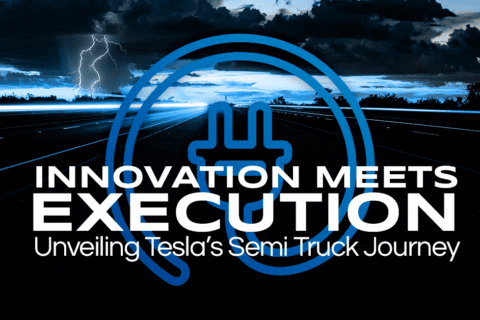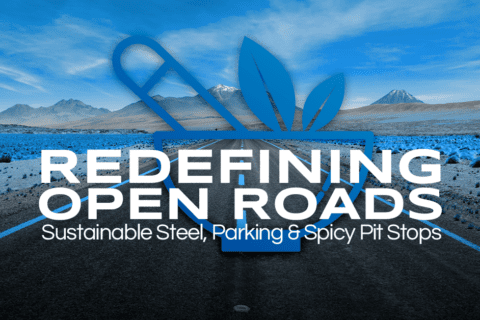Union Feuds, Veterans Honored, and Championship Hopes: Another Revolutionary Week in Trucking
As another week rolls out, we’re once again here to provide a fresh, curated collection of the latest news impacting the transportation industry. From the courtroom trials of Yellow Corp. and the Teamsters union, the generous centennial celebration offer from Kenworth for Transition Trucking’s award, to the inspiring journey of Evelyn Vincenzo as she gears up for the National Truck Driving Championships, we’ve gathered compelling stories that matter to you. As the lifeblood of the industry, we aim to keep you updated and connected. Let’s explore these riveting narratives that paint the real picture of the trucking world. Union Troubles for Yellow Corp. Reports are flowing in that one of America’s largest trucking companies, Yellow Corp., is allegedly on the brink of bankruptcy. The company is currently embroiled in a $137.3 million lawsuit against the International Brotherhood of Teamsters, a union representing over 80% of its workforce. Yellow accuses the union of interfering with its restructuring plans, a necessity for the company to reduce costs, pay off debts, and remain competitive against non-union carriers. Despite reporting $167.5 million in total liquidity at the end of Q1, Yellow warns that it could be out of cash by mid-July and potentially forced to liquidate by creditors. Road to Restructuring Thwarted The crux of the dispute lies in Yellow’s “One Yellow” restructuring plan, which aims to consolidate its four less-than-truckload (LTL) operating companies and close excess terminals. Yellow alleges that the Teamsters have violated the collective bargaining agreement by rejecting these proposed changes. The Teamsters refute this claim, asserting their full compliance with the agreement’s terms, which expire in March 2024. This legal battle is unfolding against the backdrop of the company’s vast debt of $1.3 billion due in 2024, pushing Yellow to the edge of bankruptcy. Impact on Retail Customers Although Yellow doesn’t publicly disclose its retail clientele, about half of its 14.2 million shipments in 2022 were reportedly for retail customers. These clients are typically large shippers, and any disruption to Yellow’s operations could significantly impact their logistics. Furthermore, Yellow’s extensive North American network, with 308 service facilities, 12,700 trucks, and 42,000 trailers, underscores the potential breadth of this impact. An Industry in Turmoil Yellow’s legal and financial troubles arrive amid a broader freight recession. Demand for goods and freight rates have both dropped dramatically, with dry van spot trucking rates falling nearly 24% from May 2022. This downturn is causing smaller trucking companies to shutter, with 11,000 operating authority agreements revoked since 2022. The suit between Yellow and the Teamsters is likely to be a bellwether for an industry grappling with financial pressures and changing market dynamics. 🔗 Read the full article here Special Edition Truck for Transition Trucking Award As part of its centennial celebration, Kenworth is set to provide a signature edition truck for this year’s Transition Trucking: Driving for Excellence award. The T680 anniversary truck will have a 76-inch sleeper, signature paint, special anniversary wheels, and Kenworth 100 badges and logos throughout. Brad Bentley, Fastport president, commended Kenworth’s efforts in a news release, stating that they “outdid themselves by providing this incredible T680 Special Edition Anniversary Edition truck.” This will be the eighth consecutive year that Kenworth has contributed to Transition Trucking’s top award, which recognizes veterans who have made a successful transition to the trucking industry following their military service. Transition Trucking: Driving for Excellence Award Nominations for the 2023 award will be accepted until July 31, with the top 10 semifinalists announced on September 1. Public voting will commence on October 27, after the three finalists have been announced in Columbus, Ohio. The winner will be revealed at the U.S. Chamber of Commerce on December 15. In terms of eligibility, nominees must be a resident of the continental United States and a military veteran or current/former member of the National Guard or Reserves. Additionally, they must have graduated from a certified driver training school and been hired as a CDL driver after January 1, 2022. Last year’s winner, Ashley Leiva, a U.S. Army veteran, was the first to be nominated by a National Association of Publicly Funded Truck Driving School. Industry Connection with Military Veterans The trucking industry has shown a strong commitment to welcoming veterans into their ranks. Eric Eversole, U.S. Chamber of Commerce vice president and Hiring Our Heroes president, remarked that “Transportation is an industry focused on serving community and giving back, so it’s a natural fit for military veterans looking to continue their careers on a service-oriented mission.” The Transition Trucking: Driving for Excellence award is a shining example of this commitment, recognizing the efforts of veterans in the industry and encouraging more to join their ranks. Special Celebration for Kenworth’s Centennial This year’s award is made even more special as it coincides with Kenworth’s 100-year anniversary. The signature edition T680 truck reflects this celebration, showcasing the company’s long-standing tradition of quality and innovation in the trucking industry. As Kenworth continues to support and honor veterans in the trucking industry, this year’s award is set to be a memorable event in the company’s history. 🔗 Read the full article here Trucker Evelyn Vincenzo Set for National Championship Evelyn Vincenzo, a 64-year-old tractor-trailer driver for A. Duie Pyle in Westfield, is gearing up for the National Truck Driving Championships in Columbus, Ohio, set for August 16-19. The resident of Ashfield, Massachusetts, has been refining her skills and practicing maneuvers intensively for this major event. Notably, Vincenzo has already showcased her excellence in the field, securing top honors at the 2023 Tristate Truck Driving Championships in Windsor Locks, Connecticut, where she claimed the first spot in the 5-axle class and was named “Rookie of the Year.” Preparation and Evaluation: From Manuals to Practical Skills Preparations for the championship are demanding, requiring knowledge and proficiency in a range of areas. Vincenzo referenced a written exam based on “Facts for Drivers 2023,” a comprehensive guide published by the American Trucking Associations Inc. covering a broad range of topics from trucking history, legislative actions, safety…










Recent Comments